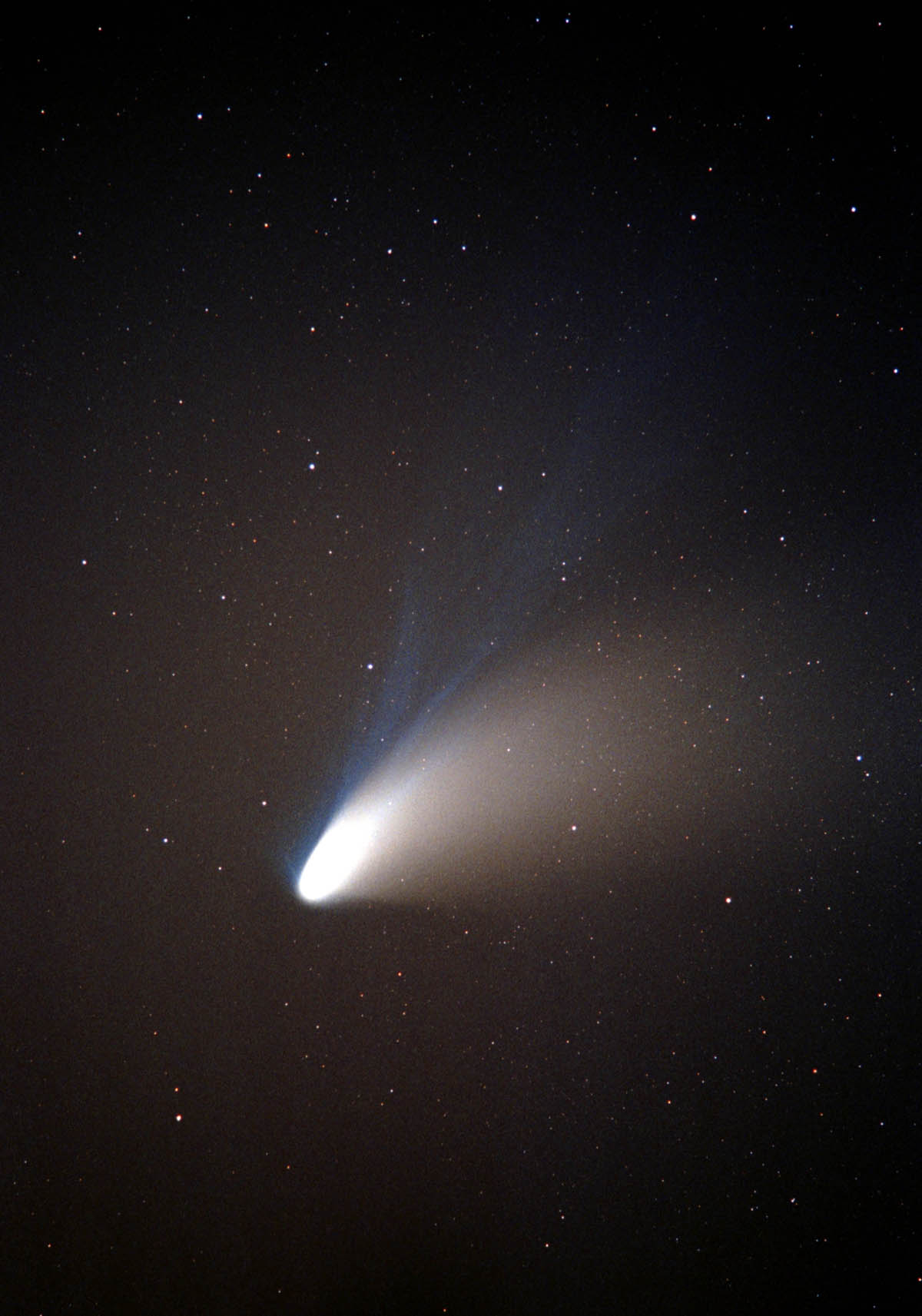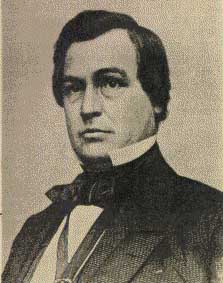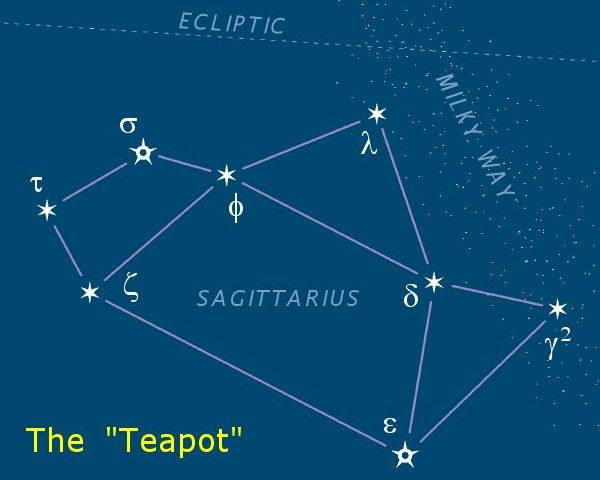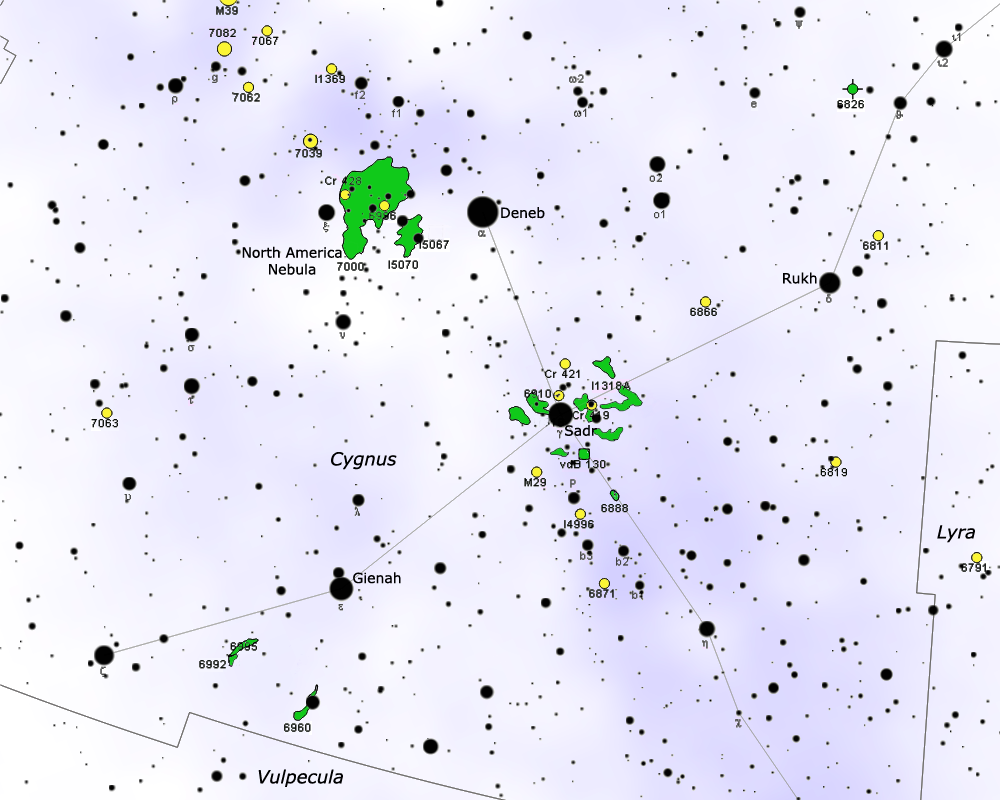|
Thomas Bopp
Thomas Joel Bopp (October 15, 1949 – January 5, 2018) was an American amateur astronomer. In 1995, he discovered comet Hale–Bopp; Alan Hale discovered it independently at almost the same time, and it was thus named after both of them. At the time of the comet discovery he was a manager at a construction materials factory and an amateur astronomer. On the night of July 22, Bopp was observing the sky with friends in the Arizona desert when he made the discovery. It was the first comet he had observed and he was using a borrowed, home-built telescope. Early life and education Bopp was born October 15, 1949, in Denver, Colorado. The following year his family relocated to Youngstown, Ohio. It was there that, at the age of three, his father Frank Bopp introduced him to astronomy on the porch steps of the family home as they watched a meteor shower. Frank began to teach him about planets, constellations and the aurora borealis. At the age of ten he received his first telescope, a ... [...More Info...] [...Related Items...] OR: [Wikipedia] [Google] [Baidu] |
Denver
Denver ( ) is a List of municipalities in Colorado#Consolidated city and county, consolidated city and county, the List of capitals in the United States, capital and List of municipalities in Colorado, most populous city of the U.S. state of Colorado. It is located in the Western United States, in the South Platte River, South Platte River Valley on the western edge of the High Plains (United States), High Plains east of the Front Range of the Rocky Mountains. With a population of 715,522 as of the 2020 United States census, 2020 census, a 19.22% increase since 2010 United States census, 2010, Denver is the List of United States cities by population, 19th most populous city in the United States and the fifth most populous state capital. Denver is the principal city of the Denver metropolitan area, Denver Metropolitan area (which includes over 3 million people), as well as the economic and cultural center of the broader Front Range Urban Corridor, Front Range, home to more than ... [...More Info...] [...Related Items...] OR: [Wikipedia] [Google] [Baidu] |
Tucson
Tucson (; ; ) is a city in Pima County, Arizona, United States, and its county seat. It is the second-most populous city in Arizona, behind Phoenix, Arizona, Phoenix, with a population of 542,630 in the 2020 United States census. The Tucson metropolitan statistical area had 1.043 million residents in 2020 and forms part of the Tucson-Nogales combined statistical area. Tucson and Phoenix anchor the Arizona Sun Corridor. The city is southeast of Phoenix and north of the United States–Mexico border It is home to the University of Arizona. Major incorporated suburbs of Tucson include Oro Valley, Arizona, Oro Valley and Marana, Arizona, Marana northwest of the city, Sahuarita, Arizona, Sahuarita south of the city, and South Tucson, Arizona, South Tucson in an enclave south of downtown. Communities in the vicinity of Tucson (some within or overlapping the city limits) include Casas Adobes, Arizona, Casas Adobes, Catalina Foothills, Arizona, Catalina Foothills, Flowing Wells, A ... [...More Info...] [...Related Items...] OR: [Wikipedia] [Google] [Baidu] |
International Astronomical Union
The International Astronomical Union (IAU; , UAI) is an international non-governmental organization (INGO) with the objective of advancing astronomy in all aspects, including promoting astronomical research, outreach, education, and development through global cooperation. It was founded on 28 July 1919 in Brussels, Belgium and is based in Paris, France. The IAU is composed of individual members, who include both professional astronomers and junior scientists, and national members, such as professional associations, national societies, or academic institutions. Individual members are organised into divisions, committees, and working groups centered on particular subdisciplines, subjects, or initiatives. the Union had 85 national members and 12,734 individual members, spanning 90 countries and territories. Among the key activities of the IAU is serving as a forum for scientific conferences. It sponsors nine annual symposia and holds a triannual General Assembly that sets policy ... [...More Info...] [...Related Items...] OR: [Wikipedia] [Google] [Baidu] |
Central Bureau For Astronomical Telegrams
The Central Bureau for Astronomical Telegrams (CBAT) is an official international clearing house for information relating to transient astronomical events. The CBAT collects and distributes information on comets, natural satellites, novae, meteors, and other transient astronomical events. The CBAT has historically established priority of discovery (who gets credit for it) and announced initial designations and names of new objects. On behalf of the International Astronomical Union (IAU) from 1920 to 2015, the CBAT distributed '' IAU Circulars''. From the 1920s to 1992, CBAT sent telegrams in urgent cases, although most circulars were sent via regular mail; when telegrams were dropped, the name "telegram" was kept for historical reasons, and the ''Central Bureau Electronic Telegrams'' (CBETs) were begun a decade later as a digital-only expanded version of the IAUCs, still issued by e-mail to subscribers and posted at the CBAT website. Since the mid-1980s the ''IAU Circulars'' ... [...More Info...] [...Related Items...] OR: [Wikipedia] [Google] [Baidu] |
6P/d'Arrest
6P/d'Arrest (also known as d'Arrest's Comet or Comet d'Arrest) is a List of periodic comets, periodic Jupiter-family comet, Jupiter-family comet in the Solar System, orbiting between Mars and Jupiter. It passed from the Earth on August 12, 1976. The most recent perihelion passage took place on September 17, 2021, when the comet had a solar elongation of 95 degrees at approximately apparent magnitude of 10. It was first observed by Heinrich Ludwig d'Arrest, in Leipzig, Germany, on 28th and 30 June 1851. In 1991, Andrea Carusi and Giovanni B. Valsecchi (Istituto Astrofisica Spaziale, Rome), and Ľubor Kresák and Margita Kresáková (Slovak Astronomical Institute, Bratislava) independently suggested this comet was the same as a comet observed by Philippe de La Hire in 1678. The comet came to perihelion (closest approach to the Sun) on March 2, 2015, but it was in an unfavorable apparition as it had a solar Elongation (astronomy), elongation of less than 30 degrees from October 20 ... [...More Info...] [...Related Items...] OR: [Wikipedia] [Google] [Baidu] |
Cloudcroft, New Mexico
Cloudcroft is a village in Otero County, New Mexico, United States, and is located within the Lincoln National Forest. The population was 750 at the 2020 census. Its high elevation of allows for a mild summer, and the forested mountains make it a tourist attraction for the surrounding deserts. Tourism is the primary economy of the village. History In the 1890s, the El Paso and Northeastern Railroad, organized by brothers Charles Bishop Eddy and John Arthur Eddy, arrived in the newly founded town of Alamogordo intending to continue the rail line north to the mining town of White Oaks and beyond. This required a steady supply of timber. In 1898 the Eddy brothers sent a survey crew into the Sacramento Mountains to determine the feasibility of extending a line up the summit to harvest the forests. The crew reported that not only was it possible, but the area could attract visitors. The name of ''Cloudcroft'' – a pasture for the clouds – was suggested and work on the line s ... [...More Info...] [...Related Items...] OR: [Wikipedia] [Google] [Baidu] |
Sagittarius (constellation)
Sagittarius is one of the constellations of the zodiac and is located in the Southern celestial hemisphere. It is one of the 48 constellations listed by the 2nd-century astronomer Ptolemy and remains one of the 88 modern constellations. Its old astronomical symbol is (♐︎). Its name is Latin for "archery, archer". Sagittarius is commonly represented as a centaur drawing a bow. It lies between Scorpius and Ophiuchus to the west and Capricornus and Microscopium to the east. The center of the Milky Way lies in the westernmost part of Sagittarius (see Sagittarius A). Visualizations As seen from the northern hemisphere, the constellation's brighter stars form an easily recognizable asterism (astronomy), asterism known as "the Teapot". The stars Delta Sagittarii, δ Sgr (Kaus Media), Epsilon Sagittarii, ε Sgr (Kaus Australis), Zeta Sagittarii, ζ Sgr (Ascella), and Phi Sagittarii, φ Sgr form the body of the pot; Lambda Sagittarii, λ Sgr (Kaus Borealis) is the point of t ... [...More Info...] [...Related Items...] OR: [Wikipedia] [Google] [Baidu] |
Messier 70
Messier 70 or M70, also known as NGC 6681, is a globular cluster of stars to be found in the south of Sagittarius. It was discovered by Charles Messier in 1780. The famous comet Hale–Bopp was discovered near this cluster in 1995. It is about 29,400 light years away from Earth and around from the Galactic Center. It is roughly the same size and luminosity as its neighbour in space, M69. M70 has a very small core radius of and a half-light radius of . This cluster has undergone core collapse, leaving it centrally concentrated with the luminosity distribution following a power law. There are two distinct stellar populations in the cluster, with each displaying unique abundances. These likely represent different generations of stars. Five known variable stars lie within its broadest radius, the tidal radius, all of which are RR Lyrae variables. The cluster may have two blue stragglers near the core. Gallery File:Messier 70 Hubble WikiSky.jpg, Image by Hubble Space Tel ... [...More Info...] [...Related Items...] OR: [Wikipedia] [Google] [Baidu] |
Globular Clusters
A globular cluster is a spheroidal conglomeration of stars that is bound together by gravity, with a higher concentration of stars towards its center. It can contain anywhere from tens of thousands to many millions of member stars, all orbiting in a stable, compact formation. Globular clusters are similar in form to dwarf spheroidal galaxies, and though globular clusters were long held to be the more luminous of the two, discoveries of outliers had made the distinction between the two less clear by the early 21st century. Their name is derived from Latin (small sphere). Globular clusters are occasionally known simply as "globulars". Although one globular cluster, Omega Centauri, was observed in antiquity and long thought to be a star, recognition of the clusters' true nature came with the advent of telescopes in the 17th century. In early telescopic observations, globular clusters appeared as fuzzy blobs, leading French astronomer Charles Messier to include many of them in h ... [...More Info...] [...Related Items...] OR: [Wikipedia] [Google] [Baidu] |
Comet Hale-Bopp
A comet is an icy, small Solar System body that warms and begins to release gases when passing close to the Sun, a process called outgassing. This produces an extended, gravitationally unbound atmosphere or coma surrounding the nucleus, and sometimes a tail of gas and dust gas blown out from the coma. These phenomena are due to the effects of solar radiation and the outstreaming solar wind plasma acting upon the nucleus of the comet. Comet nuclei range from a few hundred meters to tens of kilometers across and are composed of loose collections of ice, dust, and small rocky particles. The coma may be up to 15 times Earth's diameter, while the tail may stretch beyond one astronomical unit. If sufficiently close and bright, a comet may be seen from Earth without the aid of a telescope and can subtend an arc of up to 30° (60 Moons) across the sky. Comets have been observed and recorded since ancient times by many cultures and religions. Comets usually have highly eccentric elli ... [...More Info...] [...Related Items...] OR: [Wikipedia] [Google] [Baidu] |
Newtonian Reflector
The Newtonian telescope, also called the Newtonian reflector or just a Newtonian, is a type of reflecting telescope invented by the English scientist Sir Isaac Newton, using a concave primary mirror and a flat diagonal secondary mirror. Newton's first reflecting telescope was completed in 1668 and is the earliest known functional reflecting telescope. The Newtonian telescope's simple design has made it very popular with amateur telescope makers. Description |
Deep Sky Objects
A deep-sky object (DSO) is any astronomical object that is not an individual star or Solar System object (such as Sun, Moon, planet, comet, etc.). The classification is used for the most part by amateur astronomers to denote visually observed faint naked eye and telescopic objects such as star clusters, nebulae and galaxies. This distinction is practical and technical, implying a variety of instruments and techniques appropriate to observation, and does not distinguish the nature of the object itself. Origins and classification Classifying non-stellar astronomical objects began soon after the invention of the telescope. One of the earliest comprehensive lists was Charles Messier's 1774 Messier catalog, which included 103 "nebulae" and other faint fuzzy objects he considered a nuisance since they could be mistaken for comets, the objects he was actually searching for. As telescopes improved these faint nebulae would be broken into more descriptive scientific classifications suc ... [...More Info...] [...Related Items...] OR: [Wikipedia] [Google] [Baidu] |








